Eastern States is a 100 mile footrace in the Wilds of PA (i.e. north central middle of nowhere). The race website has a wealth of information on course description, aid stations, mileages, etc., however it’s missing some details on the climbs that make up the bulk of the race’s difficulty. So here is my small contribution to filling that gap.
The Climbs of Eastern States
Below are the details on the 14 major climbs of Eastern States, which were measured by my Garmin during the race this year. My watch measured the race a little long (103.6) so these are more like close approximations. For overall rank, I averaged the ranks for ascent and average gradient.

I always thought the first climb was the worst so it’s nice to know the numbers back me up on that. I also thought that 3 of the hardest climbs were in the first 20 miles (1, 3, 4), however I never remember the second climb being that tough. And it doesn’t register as such after this year’s race either. It probably gets overlooked because the climbs around it are much tougher and by the time you get to the end all you remember are the hardest climbs, not the merely hard ones.
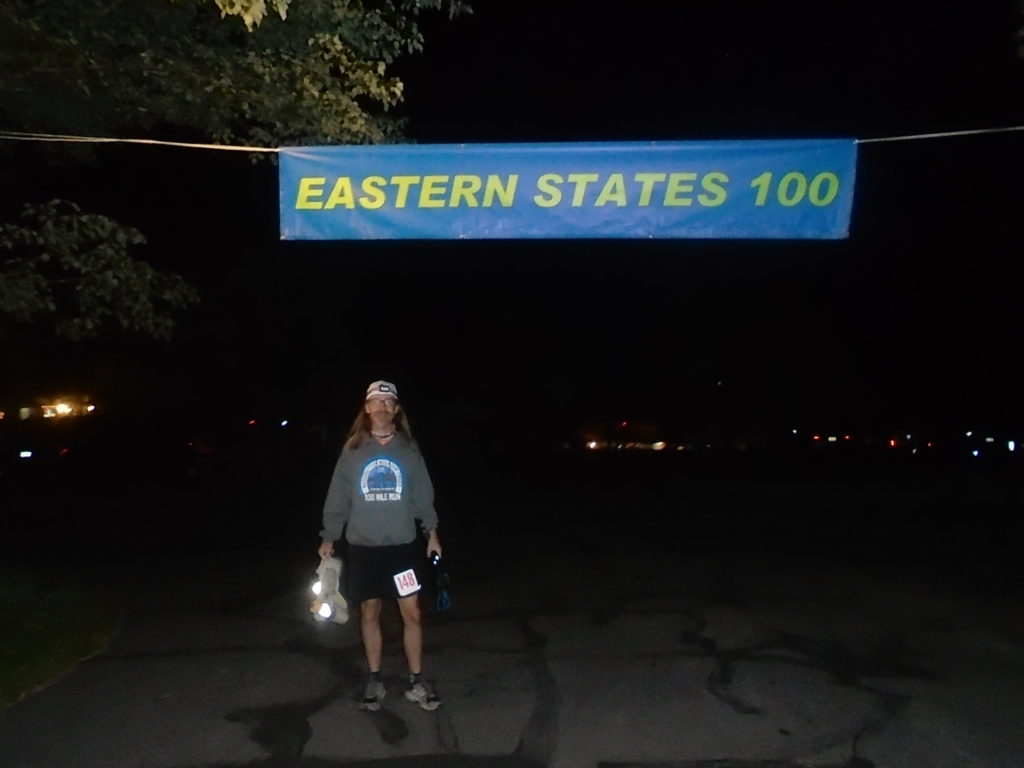
The Cold Year
Just like Goldilocks, I’ve now had three different weather conditions to run this race. Unlike her though I prefer the “cold” option. While the overall temperatures were in line with 2017 (80 degrees +/-), the humidity was non-existent and there was a nice almost gentle breeze throughout much of the day. It was perfect running weather and fast times were there for the taking.
My strategy for ES100 is to blaze away on the first mostly downhill road mile (9:01 pace) to beat the bottleneck onto the single track trail. The course took a slightly different route this year avoiding a short set of stairs, which gave us a little extra time to funnel down. I was then able to keep pace with the pack of runners until we hit the first climb. Once we got on the climb, I dialed back the effort a little and was passed periodically by other runners as we made our way up. It transitions to daylight as you make your way up and you can turn off your headlamp once you reach the top.
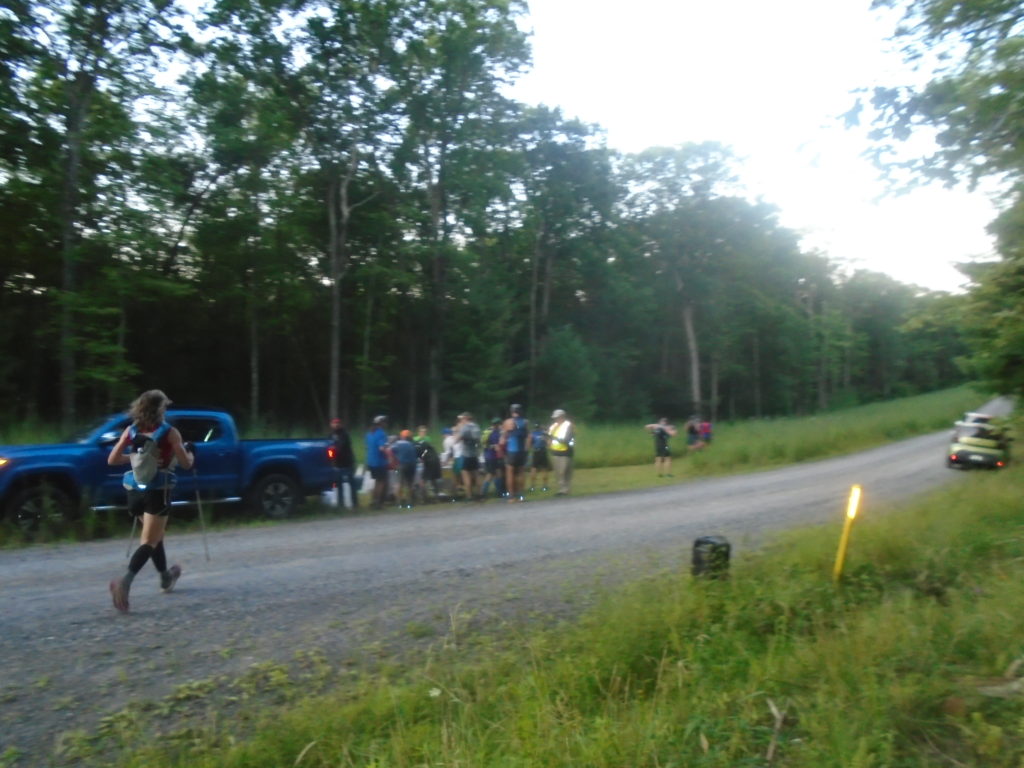
I rolled into the first aid station (Ramsey Rd.) and was happy to see that I was six minutes up on my 2017 split. I grabbed a couple gels, ate two orange slices, and was down the trail fairly quickly. But not too quickly as I was focusing on taking an extra minute at each aid station to make sure I didn’t forget anything, which I have a bad habit of doing – second wise, minute foolish so to speak.
The next section starts with a fairly gentle 800 foot drop over a couple miles. My legs were warmed up, however I was smack dab in the middle of this huge conga line of runners with a very narrow trail that made it impossible to pass. While the pace felt frustratingly slow (13-16 minutes), I knew this was perfect for me. I do best in 100s when I find my “too easy” pace early and this was definitely that. So I relaxed into the run, downed a gel, and . . . bleacht. Ugh, that tasted bad.
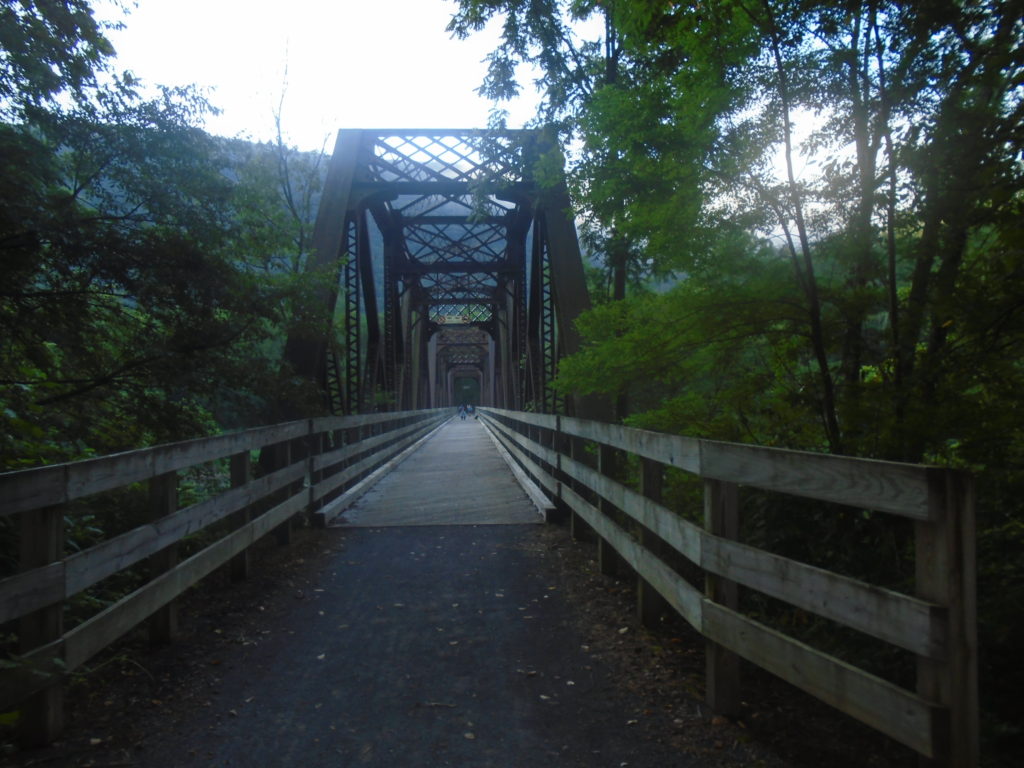
I’ve been experimenting with my 100 mile nutrition plans for three years now, however had yet to find something that would work for a full race. My base plan for this race was an Ensure shake (350 calories) and two gels every ten miles supplemented by Mountain Dew, oranges at aid stations, and salt tabs every hour or so. With the gels not working (I only had 3 total) and the Dew bothering my stomach after about 5 hours, I needed a quick plan B. Enter Coke (soda, not the drug). This ended up as a perfect compliment to the Ensure for me the entire day, night, and the following day. I only deviated from this a couple times by having some gummy bears, swedish fish, chicken broth, and trail mix though probably less than 200 calories total. This combination will probably never work again, but for at least one race I finally solved the nutrition challenge.
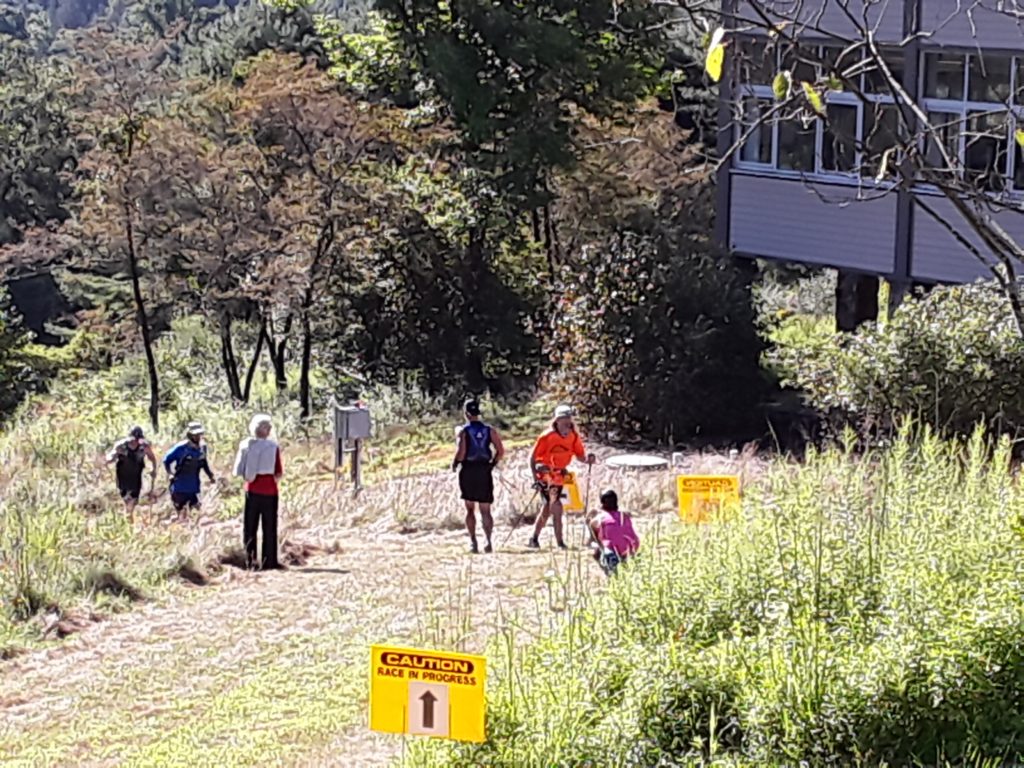
Lower Pine Bottom is the first crew accessible aid station and I had been looking forward to it not only because I would be seeing my wife, but also because I remembered my splits here and was interested to see how I was doing. Feeling good and running good don’t always coincide and I wanted something objective to compare my current effort. So I was very happy to see I was 15 minutes up on 2017 as I walked into the newly configured aid station. It was starting to get warm out so I grabbed some ice to put in the buff I was wearing around my neck. I took an extra minute or two here to make sure I wasn’t forgetting anything, said goodbye to my wife, and was down the trail.
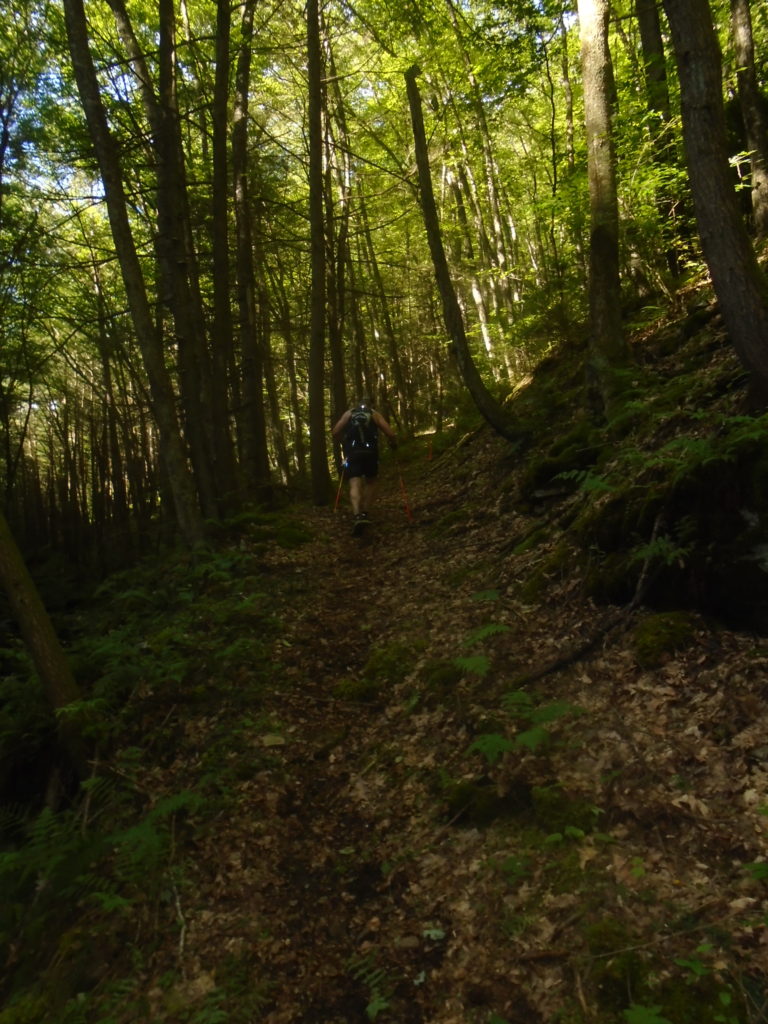
The next section has an easy climb up a gravel road before crossing a stream and heading up a single track trail. I remembered this climb being more difficult than it seemed this year. I’m not sure if this was weather or training related, but I’m happy either way. At the top of this 2 mile climb is a wonderfully chill 2 mile descent with not a single foot of elevation gain to be seen. This is finally the first legit section to make up some time on the cutoffs and I took advantage by dropping 10 and 11 minute miles. After this, you have an 800 foot climb at mile 23 before dropping 1,000 feet into Browns Run.
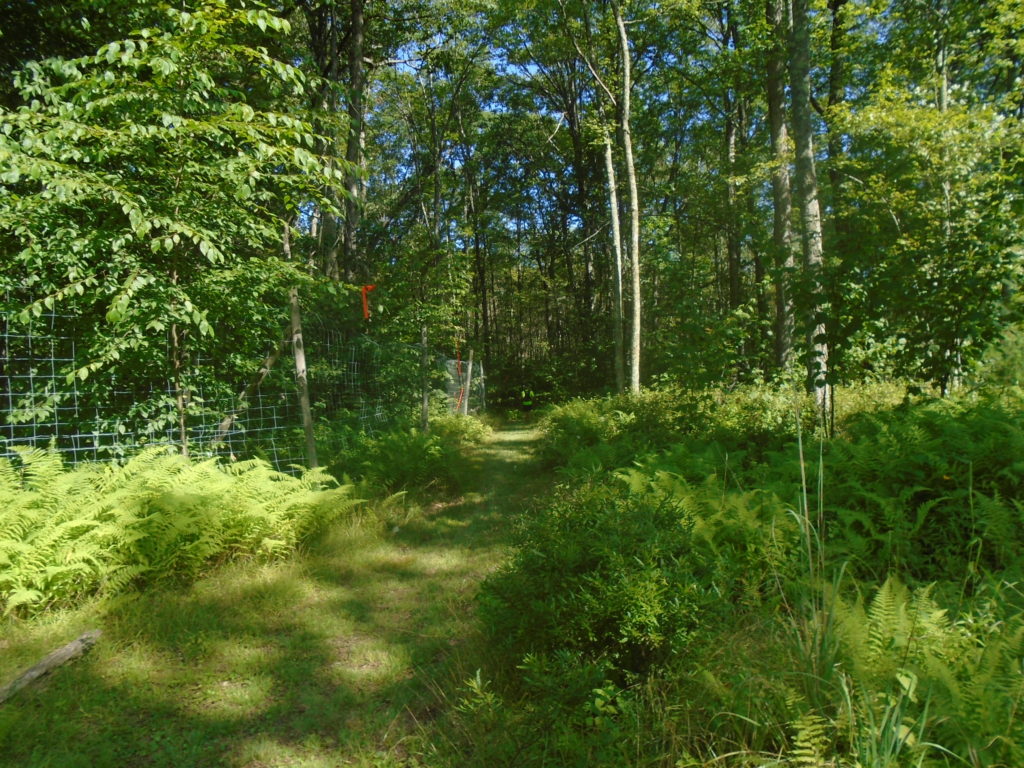
Sometimes turning points are obvious in the moment and sometimes they’re only noticeable after the fact. Brown’s Run ended up being the latter for me. First, this is where I discovered the tummy calming power of Coca-Cola. I knew I was done with the Dew here, tried Coke on a whim, and never looked back. I was so focused on the aid station table and topping up my fluids that I forgot to access my drop bag and the Ensure I was supposed to pack. I was a couple hundred yards down the trail before realizing my mistake. Since no one likes to backtrack, my first thought was that I had enough calories and I should just press onward.
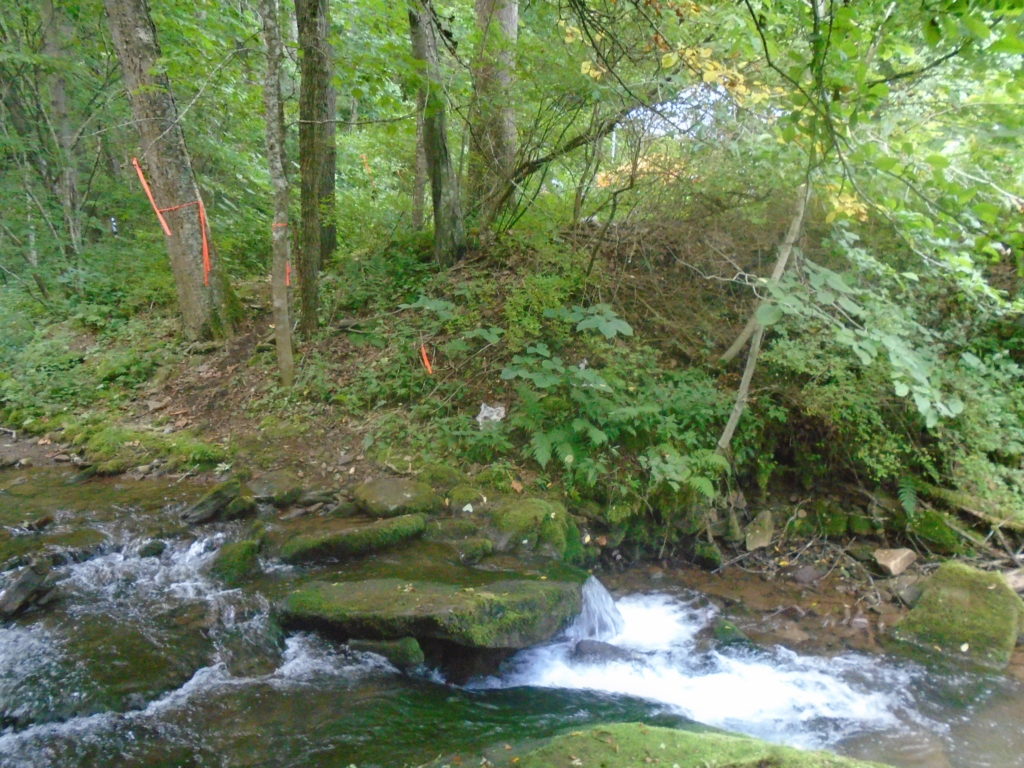
Over the course of 100 miles, things are going to go wrong. Problem solving is a huge part of being successful at the distance, but so is avoiding problems in the first place. So risk mitigation is the name of the game. I could definitely have kept going and saved 3-4 minutes, but the smart play was to go back and grab my calories. So that’s what I did.
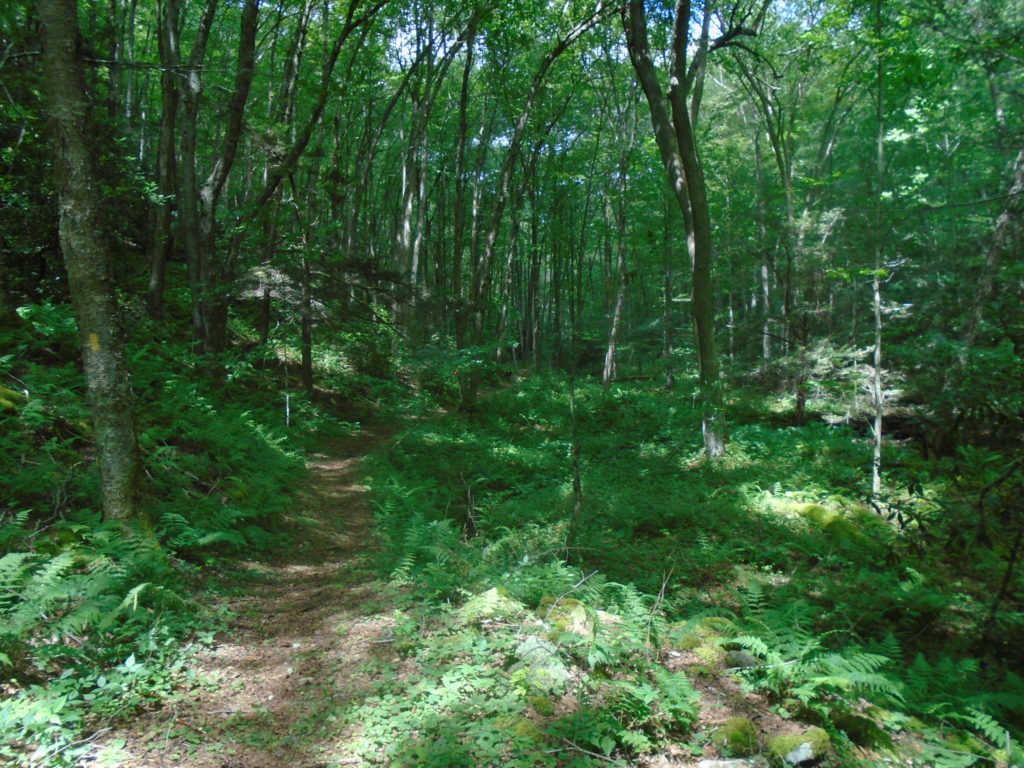
At this point, I was feeling really good. The weather was awesome with the periodic cool breeze. I was gaining a couple minutes in each section on my prior splits. I was in a groove. I started dialing the effort back a little bit as I knew the biggest gains could come overnight and I wanted to stay fresh for the runnable sections at the end of the race.
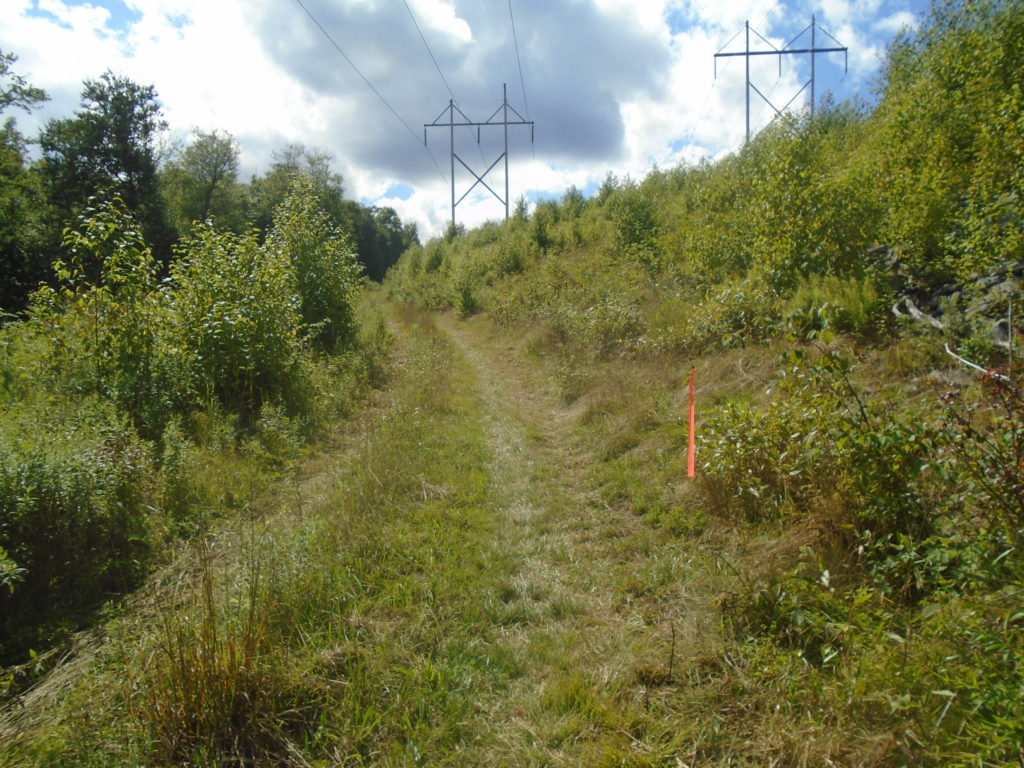
I rolled into Hyner Run 30 minutes up on my best time. The prior couple 20+ miles lull you into a false sense of this isn’t so bad. The next 7.9 miles is your wake-up call that things are about to get real again. The initial climb was easier than I remember, but then it’s lots of short steep ups and downs (mostly ups) until you get into Dry Run. This was the first of the festive aid stations with a Hawaiian theme. It’s a short, relatively easy 3.6 miles to the next aid station so I was in and out quickly.
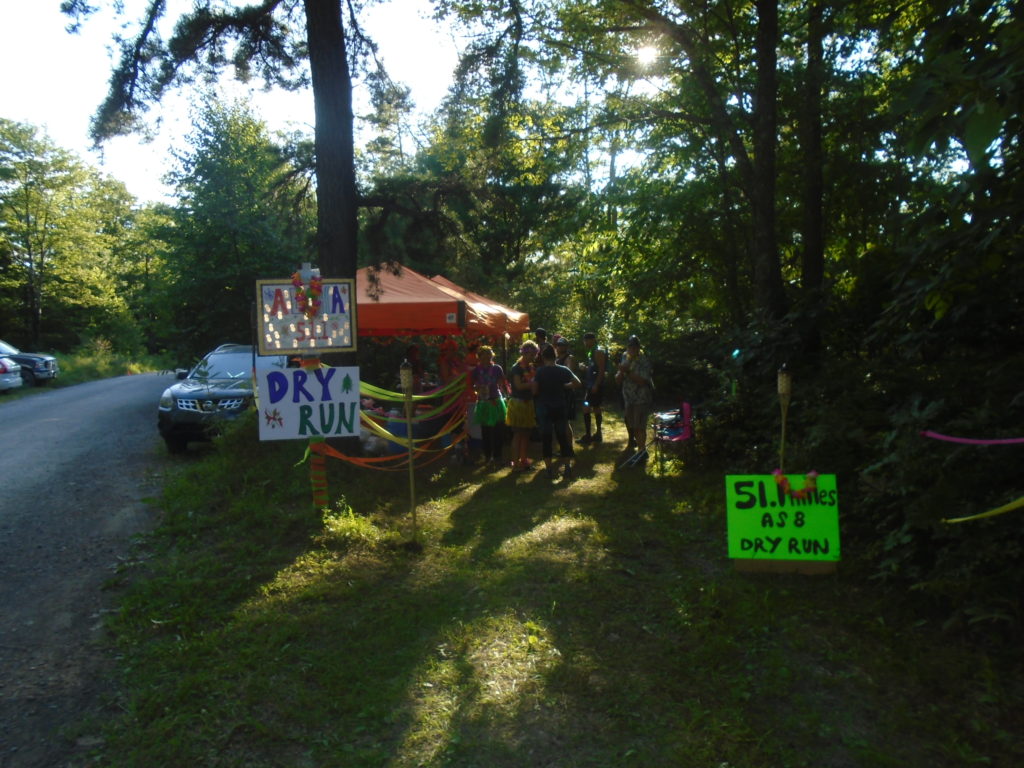
I wasn’t sure of my prior splits, but I know I’ve gotten to Halfway House well after dark and right at last light. This year? The sun was still up when I arrived. I spent a couple extra minutes here getting ready for the night though in hindsight the 4 minutes I spent here is much less than the 10-15 it normally takes me. I threw on a long sleeve t-shirt, packed gloves, put on some lights, and grabbed my tech (MP3 player, portable battery charger).
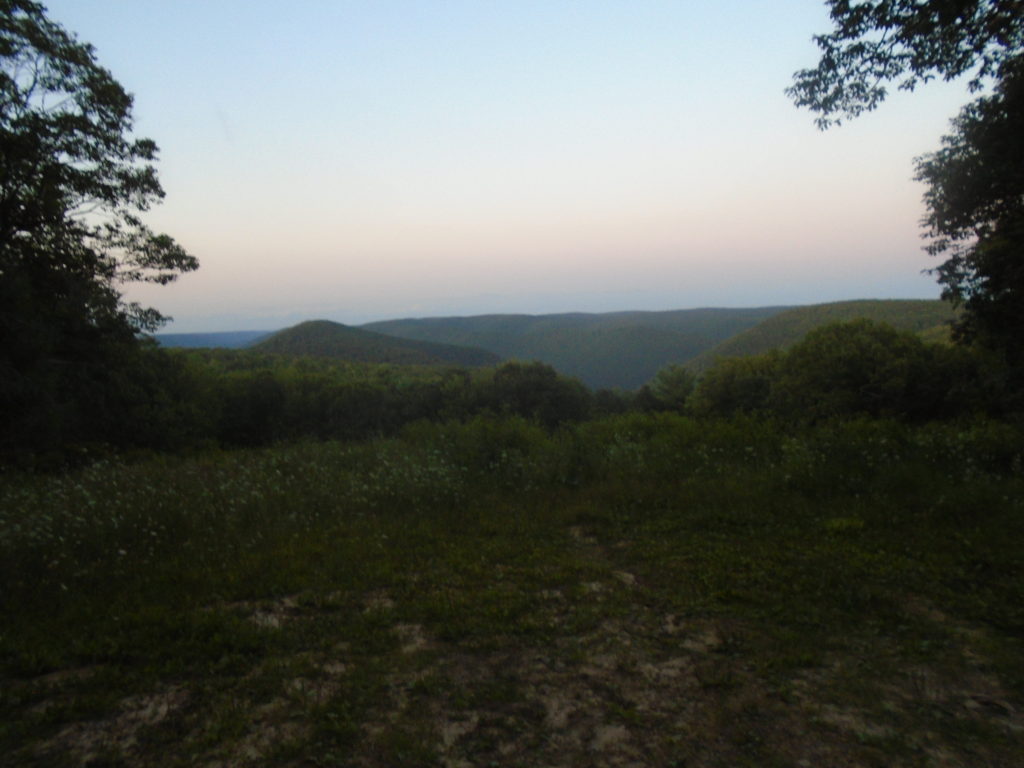
The first couple miles along this next section aren’t too bad. I dallied a little bit here and there enjoying the sights as who knows if I’ll ever get the chance to make it this far in the daylight again. You then have a fairly technical climb up to Callahan Run if I remember right. Things start getting a little hazy after 15 hours after all. There’s definitely a climb at least (#8 on my list).
Callahan Run is a water only station. I got there with two other runners and a pacer at 9:20pm and there was only 25-30 large bottles of water and a table. The other runners were asking about the next section, however I couldn’t remember what it was like. I mentioned that I didn’t really care to know as I prefer not to know when the big hills are coming. One of them had a map though and said it was all downhill. It wasn’t a half mile later as we were hiking up this steep hill that I yelled up and pointed out we were definitely not going downhill. We both laughed about it. Good news is it’s only about 300 feet high and after you top out it really is all downhill from there.
At this point, everything was going great. Maybe even better than great. I had been feeling awesome for the last 35+ miles and was starting to bank some serious time on my prior races. I was running the race of my life. And then. . .
Disaster Strikes
There was this little chute at a trail junction and as I stepped down into it I slipped, pirouetted, slammed my chin on a rock, then pinwheeled into a ditch. It was a very Charlie Brown on a pitchers mound type moment as one trekking pole was up the trail and the other one was off in the bushes. As I picked myself up, I felt under my chin and there was blood on my fingers. I grabbed my Umstead hankie and applied firm pressure as my old boy scout training was finally being put to good use. As I slowly made my way down the new trail, I started getting light headed so I found a rock and sat down. There were a couple runners not too far behind me so I decided to wait for them. I started feeling better after a minute though so got up and began walking again.
It was here that I made another solid risk mitigation decision, which was to keep walking. While my chin was still bleeding, I felt really good otherwise. It felt like a complete waste to not be running this gentle, entirely non-technical 2 mile section, however I was a little freaked out as every time I pulled the hankie away there was another bright red blob of blood on it. Eventually a pack of 5 or 6 guys rolled by and I told them I busted up my chin pretty good and for them to have the medic teed up for me when I rolled into the aid station.
The aid station at Slate Run is around back behind this large building. As I was passing to the right of the deck, I hear someone ask if I’m Phil. I reply that I am and he says he follows my blog. I’m a little taken aback as I didn’t realize I had “followers”. If whoever that was is reading this, I apologize for whatever I mumbled in your direction but I was preoccupied at the time with keeping my blood inside my head and finding someone to patch me up. You definitely caught me at my lowest point, but your comments gave me a little boost and for that I am very grateful.
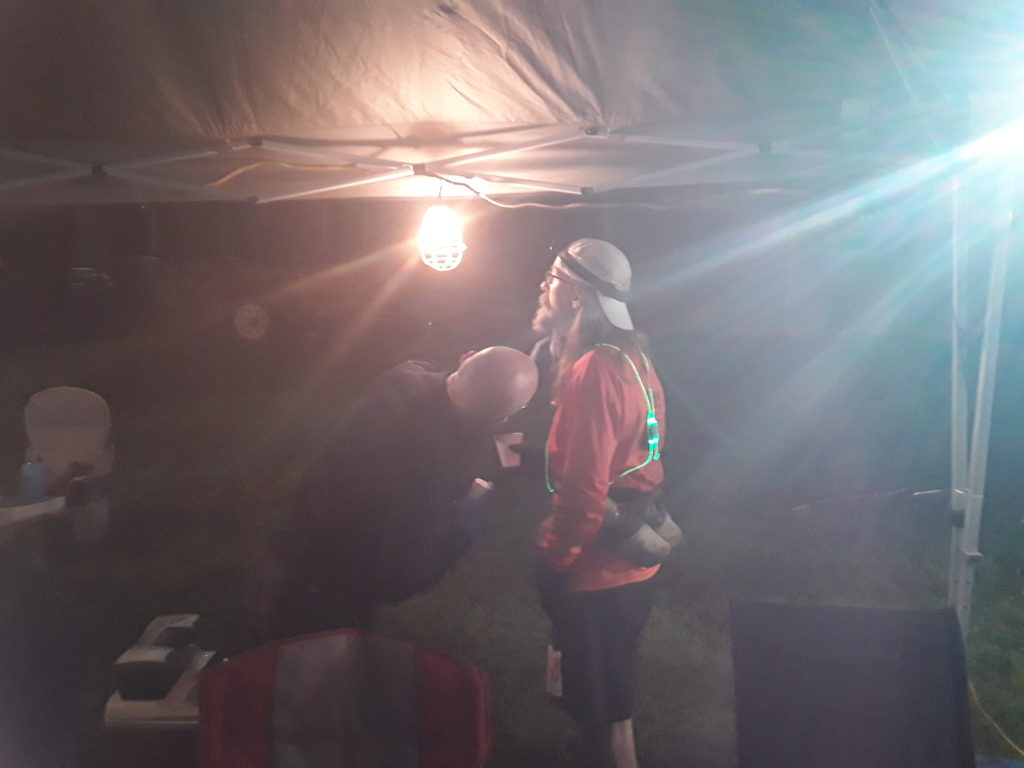
As I got to the aid station proper, I asked for the medic and was shown to the resident podiatrist. Not the situation either of us was expecting at that moment I’m sure. But he gamely checked me over, cleaned out my wound, and then spent the better part of 15 minutes trying to put a bandage on my gash cut. It was in a tricky location right next to my goatee and he couldn’t get the bandages to stay on securely. He assured me it had stopped bleeding and gave me comfort that it wouldn’t start up again unless I was dumb enough to fall on another rock. So off came the bandages and I was cleared to continue on.
Beware the Chair
Oh, man, but that was one freaking comfortable chair I was sitting in. I made a quick run to the port-a-potties to take care of some business and then an immediate beeline back to my chair. At this point, I’ve been in the aid station for about a half hour and my core temperature had dropped so I was freezing. I was also trying to get my head back into the game. I had been tracking to a 30 hour finish (i.e. beyond best case scenario) and now that was completely out the window. This shouldn’t have been an issue as I didn’t have any time goals and I was still ahead of my prior pace, however apparently it was.
I looked at my watch, gave myself 3 minutes to get my act together, then focused on what I needed to do to get moving. I was cold so latched onto the idea of swiping my MMT hoodie that my wife was wearing (sorry, babe!). She asked if I would be too warm in it, but I didn’t care. That was now my lifeline to forward progress. When my three minutes was up, I donned the sweatshirt, and headed out of Slate Run 30 minutes ahead of my best time coming in.
Part of the reason it took so dang long to leave that chair is because the upcoming climb (#3 on my list) sucks. As I started up the bottom, I decided now was the time to fire up the old MP3 player. I hadn’t turned it on yet for some reason, but now is when I needed a little extra boost. I clicked play and it didn’t turn on. I held the button down a little longer and it still didn’t turn on. I had fully charged it a couple days before the race, yet now it was completely dead. Well, they say bad things come in twos so I guess I should have expected something like this to happen.
About halfway up the climb, I started becoming overheated in the hoodie so stopped to take it off and tie to around my waist where it would stay for the next 15 miles. Even though I didn’t really need it, it was the right decision. Not only did it help get me out of the chair, but it eliminated the risk of me being too cold which could definitely have ended my race. My legs were very stiff sitting in Slate Run for as long as I did and there was always a chance they wouldn’t bounce back. This was another of the solid risk mitigating decisions that I made over the course of the race.
After topping out on the climb, which was much easier than I remembered except for the final little bit, I was able to drop a couple 16 minute miles. Ha! I was back in a groove. I got a further boost as I heard the volunteers at the Algerines aid station yelling, screaming, and carrying on as they welcomed runners in. I glanced at my watch and noticed I still had another mile until I arrived. Those guys are completely off the hook. Their infectious celebration is a black hole that pulls you towards them quicker and quicker.

The next section is hands down the most technical on the course. You get 2 easy miles before a long decent with nothing remotely close to runnable. This is followed by climb #10, which is much harder than I have it ranked. It doesn’t help that you’ll hit this section 20+ hours into the run in the dead of night when you’re at your lowest energy levels with hours to go before sunrise. This is your darkest before the dawn. Smile. You paid good money for this.
Eventually it turns into a fairly flat 1.5 mile run into Long Branch. I ran out of Coke in through here and ended up low on calories. I grabbed what I needed at the aid station except they didn’t have Coke so I switched to Dr. Pepper instead.
I then headed out on one of the easiest, most runnable sections of the course (holy crap, I’m starting to sound like the website’s course description). The 4.7 miles into Blackwell drops 1,336 feet with only 273 feet of climbing at the bottom. There’s no reason you shouldn’t be able to knock out 15-17 minute miles along through here, however my average paces have ended up at 21.9 minutes, 20.6 minutes, and then 21.5 minutes this year. This section is my nemesis. The first descent was even narrower than I remembered at barely a foot wide. The scary part is there’s a steep drop to your right so I definitely took it slower than could have run it along here (risk mitigating again). Once I turned the corner and started down the more runnable section though, my right trekking pole broke on me with the handle popping off. I spent a couple minutes fixing it only for it to happen again a half mile later. After spending a couple more minutes, I just decided to forget about it. Dammit. Threes. Bad things come in threes.
I rolled into Blackwell a little discouraged, which was the second straight aid station my wife saw me in such a state. It’s a shame she kept catching me like this instead of all the other times where I was riding decent highs. I told her I was struggling a bit and to expect me to be a little late to Barrens even though I had made back all the time I lost with the busted chin. This was the first time I had ever needed a headlamp to leave this aid station and that was a bit of a boost. I quickly chugged the shake from my drop bag, topped up my Coke, grabbed some orange slices, and then turned to leave the aid station focused on tackling the next climb.
Wait a Second
Oh my goodness, I almost left before seeing Bill. Three years ago in my first go at ES100, I got to Blackwell with feet that were absolutely shredded. Without assistance, I was going to have to drop. Lucky for me, the aid station had a podiatrist who was able to fix my feet and get me moving. Two years ago I asked for him as I came through as I wanted to thank him in person for his race saving help, however he wasn’t there. This was finally my opportunity and I almost forgot! I found him then spent a minute thanking him for not only saving my race, but my 100 mile career as I doubt I’d still be doing this if I hadn’t finished that race. I may have gone a little overboard with my thanks, but I meant every word. Too often we roll through aid stations with quick a thanksforhelpingyouguysrock. We mean it, but we can do more. So it felt really good to actually stop, shake his hand, and truly thank him for his service. Maybe I can make a habit of this going forward.
After a quick stroll through town, you hit the second hardest climb on the course. The good news is it only lasts a mile and once you’re over the top there are only a couple modest hills left. Dawn came along as I reached the top and I took a moment to enjoy the view.
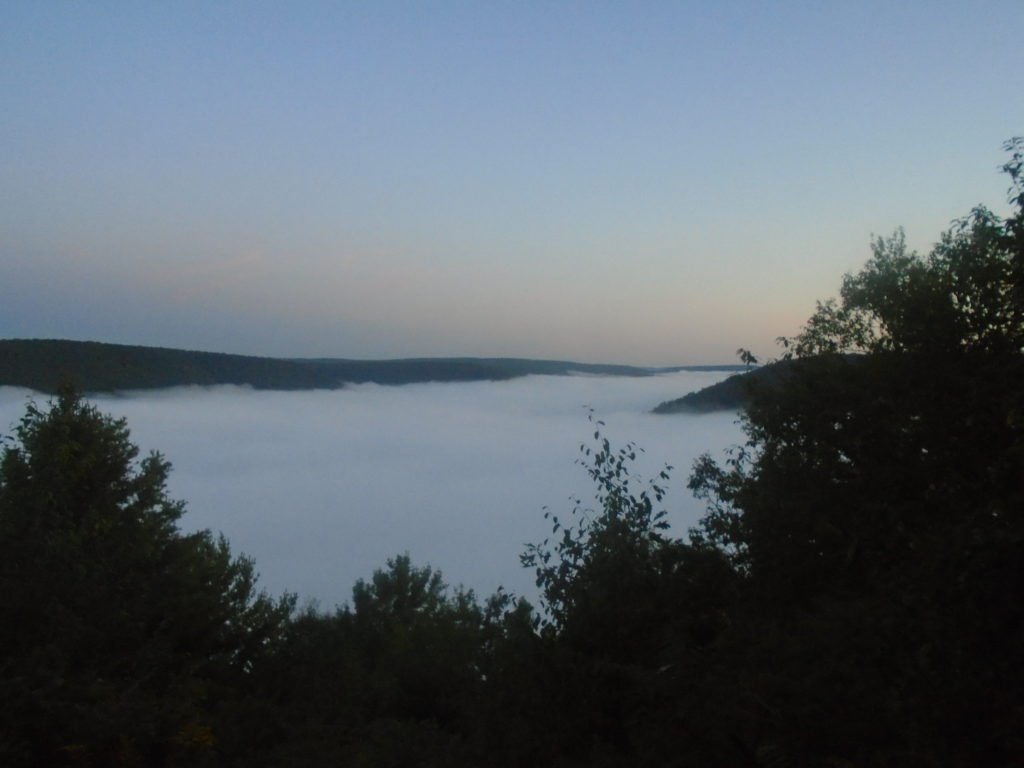
Then it’s a steep drop down before you climb up to Sky Top. This aid station is known for their awesome breakfasts (blueberry pancakes were on when I entered), however all I needed was Coke and oranges and I was on my way.
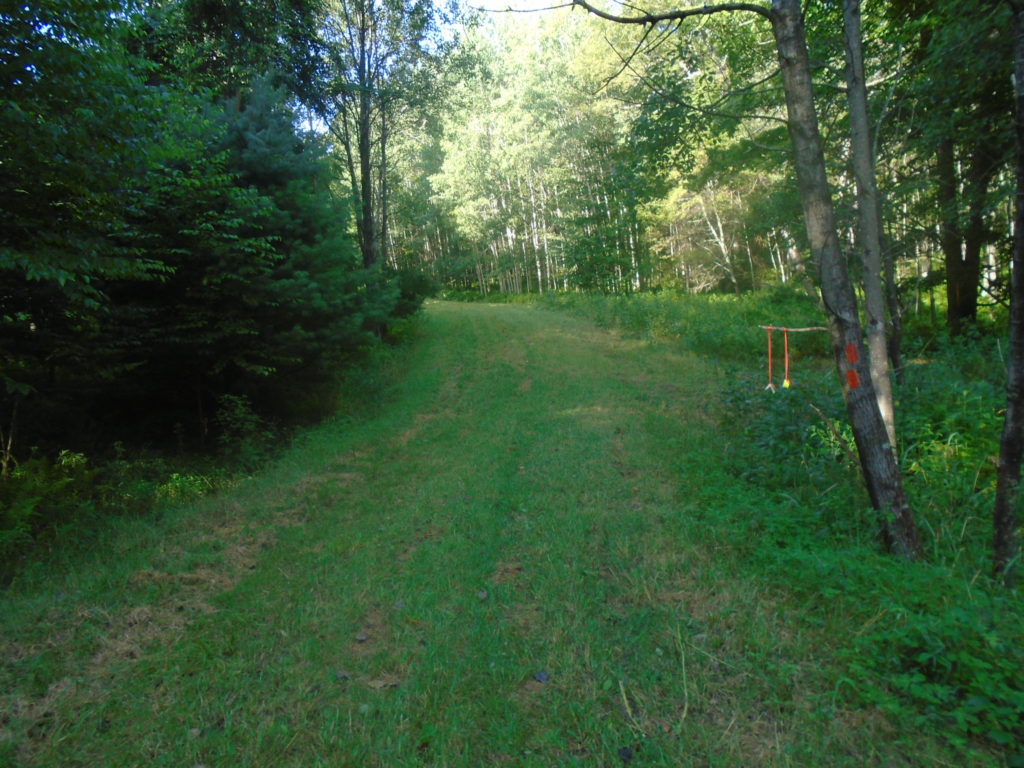
I left with another runner who quickly dropped me and would be the last person I would see for the next 8 miles into Barrens. I was moving along pretty good and the closer I got to the next aid station, the better I felt. I was even able to run some slight inclines. I was feeling no pain as I rounded the gate, announced my number, and walked up to my wife. I gave her the gloves and extra shirt I no longer needed and filled up on my required calories. She asked if I wanted ice in my buff, however I declined as I had been chilled not even 15 minutes ago.
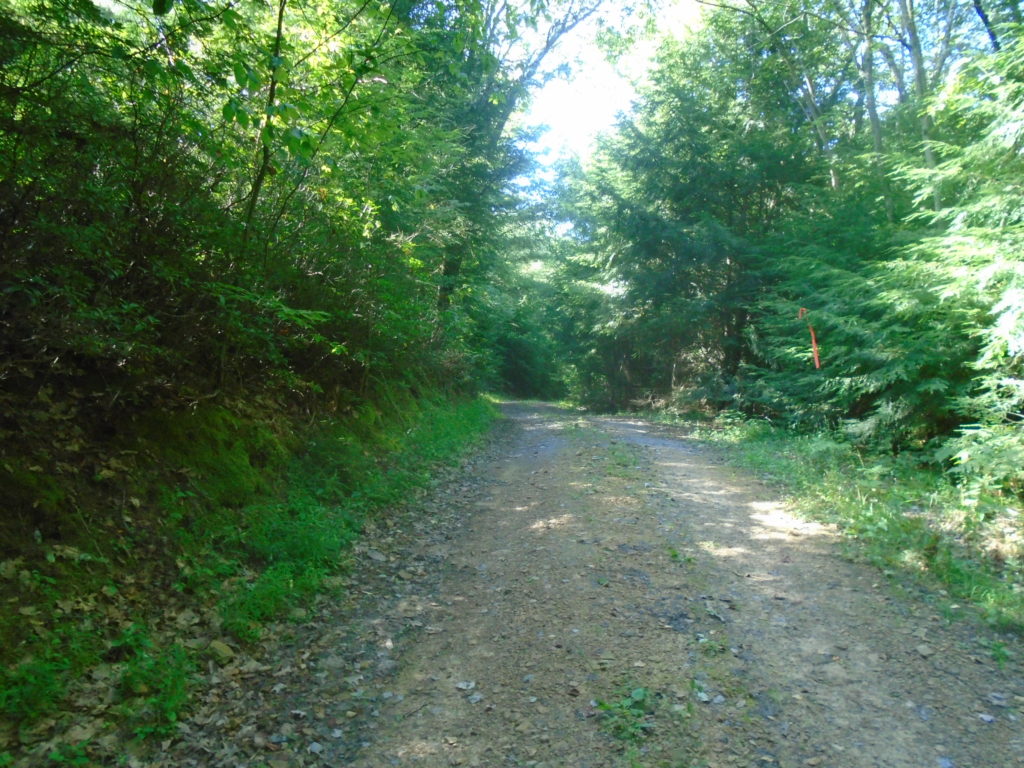
This was a mistake is it went from cold to hot in about 30 minutes. The section to Hacketts is probably my least favorite even though it isn’t that difficult. The first couple miles are gently downhill and the rest are gently rolling uphill. Even though I felt slow and blah, I caught up and passed 4 runners on this section. Not like I meant to. I wasn’t even racing myself at this point. I was in 100% grind-it-out mode by this point. After obsessively checking my watch ever quarter mile for about an hour, I finally saw the light through the trees that signaled the last aid station.
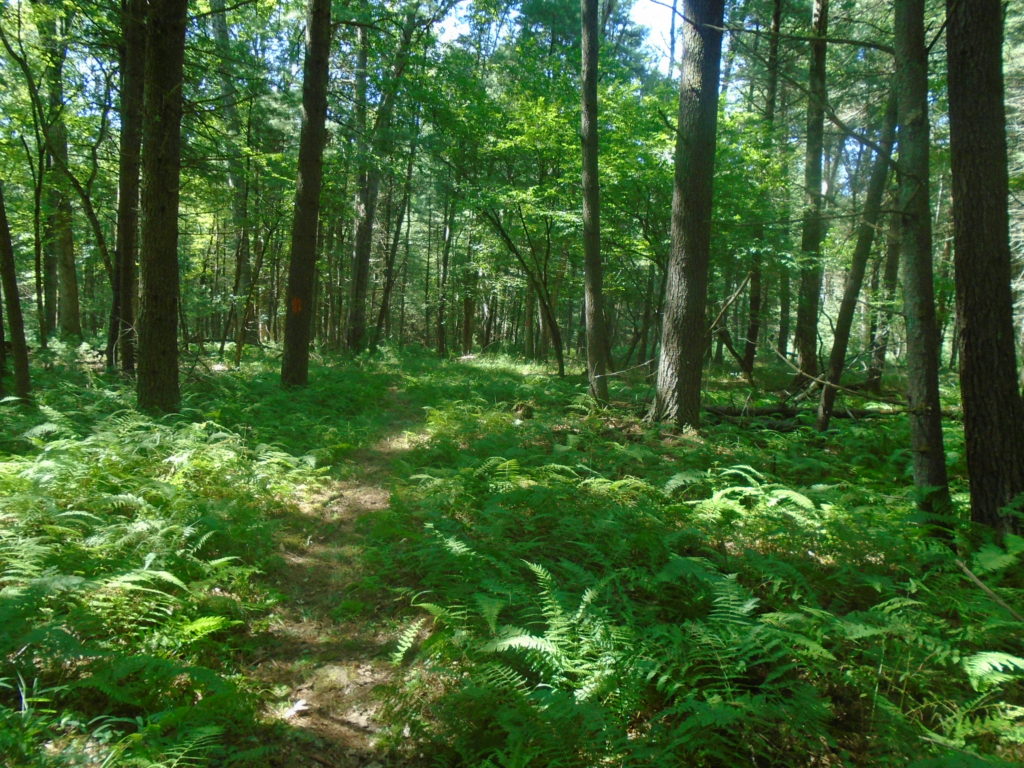
I spent a couple extra minutes in Hacketts getting ice in my buff (fool me once). I topped up my Coke, but dumped half a bottle of water that I had been carrying undrank for the last 20 miles. I wasn’t going to need it now that I was in the home stretch. About 2 mile out from the finish, I saw a couple young girls who were out for a hike with their dad. As they bounded past me effortlessly, I wistfully thought how nice it must be to be young again. Or to have 100 fewer miles on my legs. I was in complete shuffle mode as the trail started to pitch downwards. I kept sipping my Coke wishing for my legs to loosen up so I could make better time. Eventually, my pace quickened slightly towards the bottom as the grade flattened out.
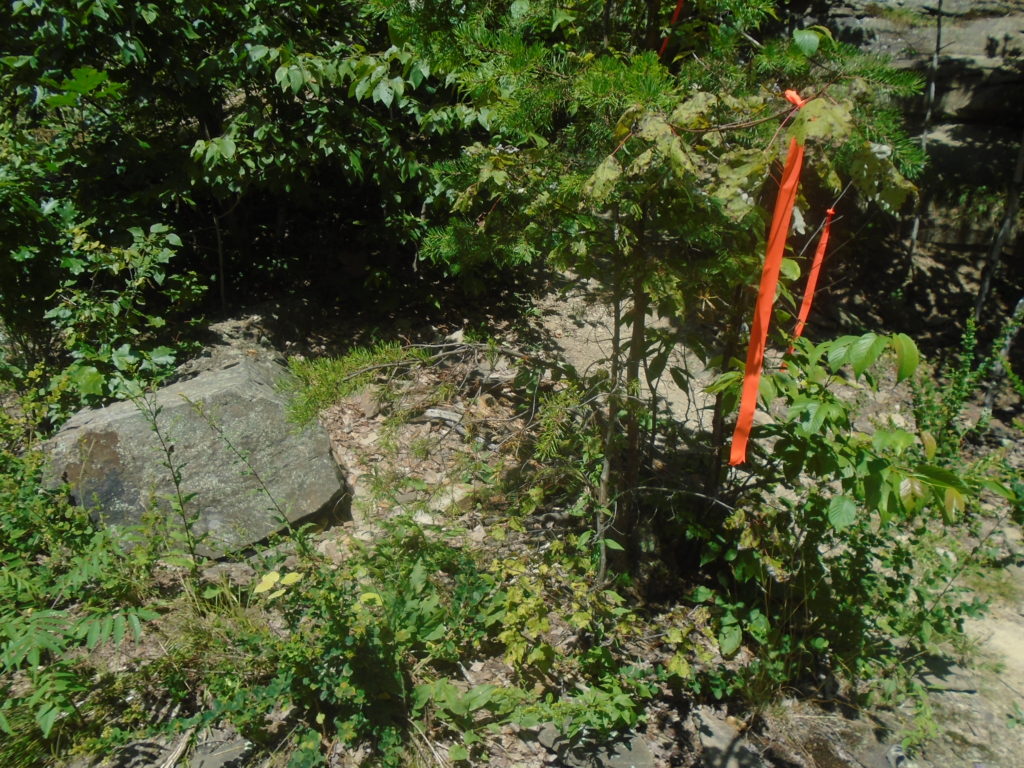
Then the road was in view and I was out of the woods (literally). I hiked with a purpose until I hit the finishing straight and everyone started cheering. It was a little embarrassing to be the center of attention after spending so much time alone so I transitioned to the best version of running that I could muster. And then I was finally across the finishing line and shaking the RD’s hand 32 hours and change after starting.
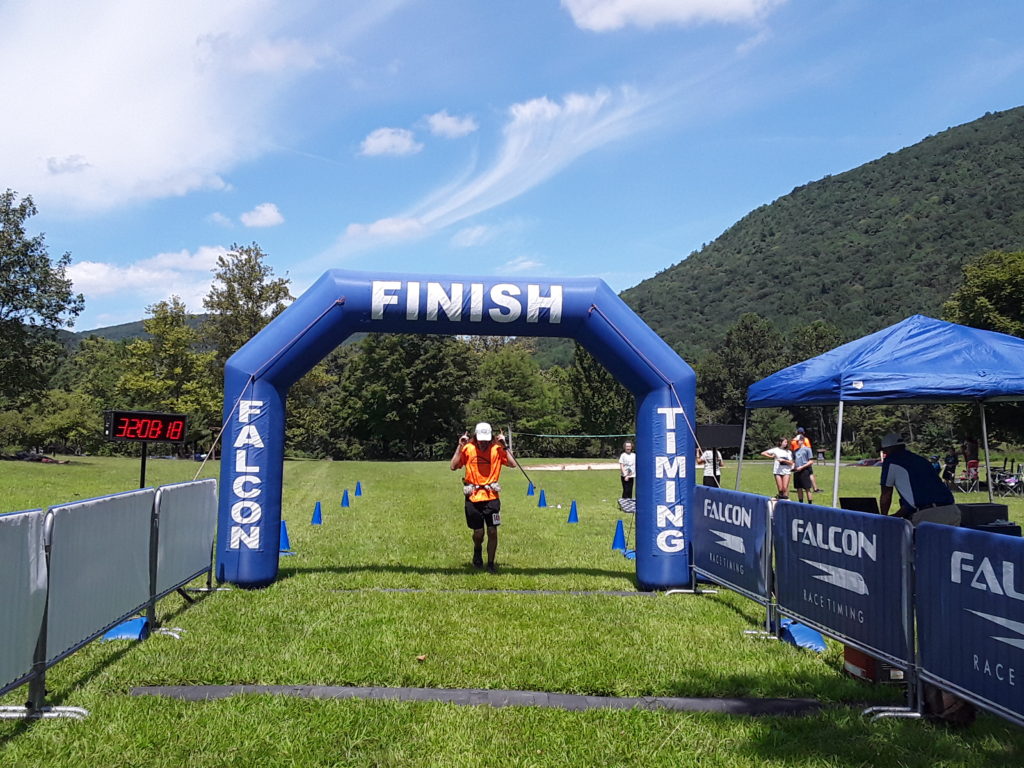
Epic
One of the reasons I love most about running 100s (and you better have more than one to tackle the distance) is the sense of adventure you get. And with ES100, it comes in the epic variety. The thing about epic adventures though is they typically don’t turn out as expected. They’re not linear. They’re messy (and sometimes bloody). And they have been known to veer completely off the script you’ve written out in your head ahead of time into a different genre entirely. But no matter the twists and turns that you take, in the end you’ll eventually find a special place. A place you probably didn’t even know existed. I found that place this year. And it was awesome.
A huge word of thanks to David Walker, the DCNR, and all the ES100 volunteers. The course was in immaculate shape and extremely well marked. Thanks for providing this wonderful opportunity for me to have this epic adventure. See you next year.
